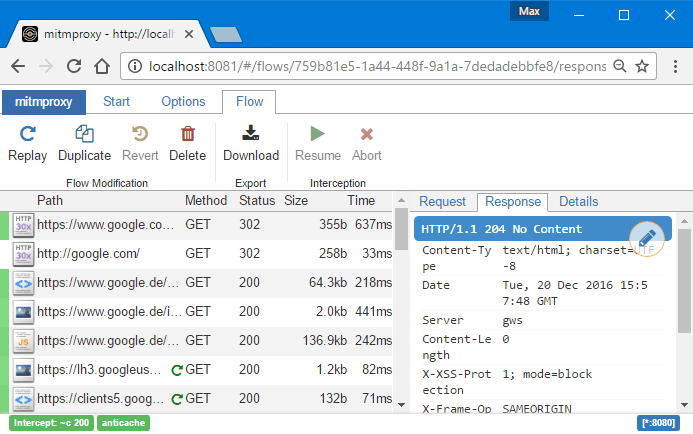Using a Man-In-The-Middle (MITM) proxy can be a potent tool for a myriad of scenarios, ranging from security testing to educational purposes. However, the potential misuse of such technology raises legitimate concerns about legality and ethics. Understanding how to use an MITM proxy responsibly and legally is of paramount importance. This article will navigate the intricacies of MITM proxies, providing a comprehensive guide on how to utilize them effectively without running afoul of the law.
Understanding MITM Proxies
To appreciate the functionality of an MITM proxy, one must first grasp its fundamental purpose. These tools intercept and manipulate traffic flowing between a client and a server, elegantly placing themselves in the communication channel. This capability allows for traffic analysis, data capturing, and even the modification of requests and responses. While such features can be advantageous for security professionals testing the resilience of systems, they can also facilitate malevolent activities if employed improperly.
Types of MITM Proxies
There are several variations of MITM proxies, each serving distinct roles within the ecosystem of data interception. Common types include:
- Transparent Proxies: These proxies operate without modifying any traffic, often used for filtering or monitoring, particularly within corporate environments.
- Intercepting Proxies: These actively intercept and can modify data packets, a feature useful for debugging and security evaluations.
- Reflector Proxies: These mirror the responses from the server while providing add-ons for various analytical tasks, often seen in online security assessments.
Each type possesses its unique characteristics and use cases, necessitating an understanding of the environment in which one operates.
Legal and Ethical Considerations
The cornerstone of using an MITM proxy without legal repercussions lies in recognizing the boundaries of ethical conduct. Engaging with any system you do not own or for which you lack explicit permission is a violation of laws such as the Computer Fraud and Abuse Act in the United States. Such unauthorized interception can lead to significant penalties, including fines and imprisonment. Therefore, always seek explicit consent from the network owner or ensure you operate within a controlled environment, such as a personal LAN.
Practical Uses of MITM Proxies
Utilizing MITM proxies responsibly can provide significant insights and advantages. Here are several legitimate applications:
- Security Audits: Security professionals use MITM proxies to analyze the data traveling over networks, identifying vulnerabilities that could be exploited by malicious entities.
- Educational Purposes: In an educational context, MITM proxies can serve as a tool for teaching network security and ethical hacking within academic settings, fostering a more profound understanding of network vulnerabilities.
- Debugging Network Applications: Developers may employ MITM proxies to observe data exchanges in real-time during the development cycle, allowing them to troubleshoot and refine applications more effectively.
Setting Up an MITM Proxy
With a firm grasp on the legalities and practical applications, we can now explore the steps to set up a functional MITM proxy. Popular tools include mitmproxy, Burp Suite, and Fiddler. Below is a brief overview of the setup process with mitmproxy:
- Installation: Download and install mitmproxy from its official website, ensuring you are using the latest version for optimal functionality.
- Configuration: Launch the application and configure your network settings to direct traffic through the proxy. This may involve altering your browser settings or using command-line arguments.
- Certificate Installation: To intercept HTTPS traffic effectively, install the mitmproxy Certificate Authority (CA) certificate on your device. This step is crucial for decrypting SSL/TLS traffic, so follow the instructions provided within the application.
- Monitoring Traffic: Start capturing traffic by navigating to a webpage or application that communicates via the web. Analyze the intercepted data, and use the built-in features for modifying requests or responses as needed.
Staying Within Legal Boundaries
As you utilize the MITM proxy, continuously remind yourself of the legal framework governing your actions. Maintain a thorough record of permissions granted, and if you are working on enterprise systems, ensure you have the necessary clearances from the compliance team. An ethical approach not only safeguards you legally but also fosters professional integrity.
Conclusion
Using an MITM proxy can be a valuable asset for security professionals, educators, and developers alike. Nevertheless, the importance of ethical considerations and legal compliance cannot be overstated. The potential for misuse is substantial, and the implications of unlawful actions can be severe. By adhering to best practices and ensuring transparency in all activities, one can harness the power of MITM proxies responsibly and effectively.








Leave a Comment